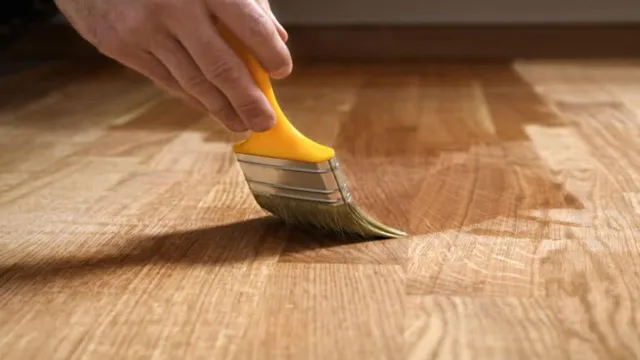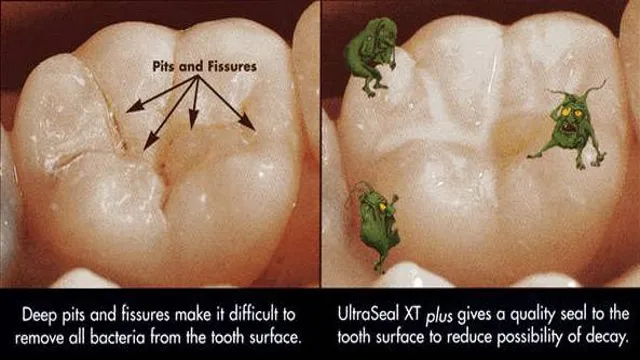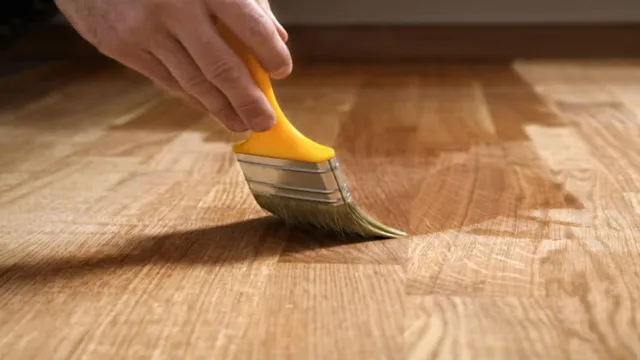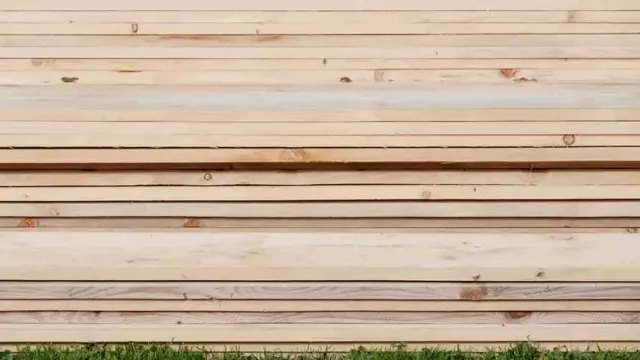How to Make Wood Grain Pop: Tips and Tricks for Amplifying Natural Beauty
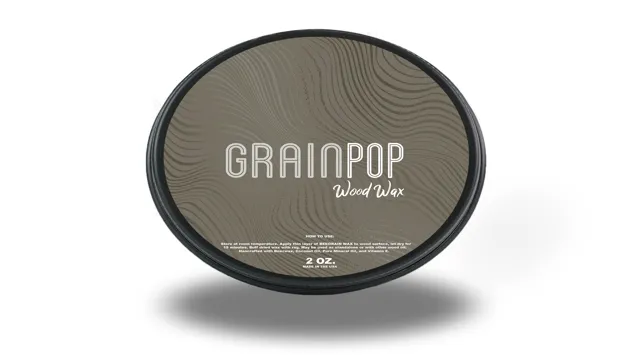
Do you have a piece of furniture or a wooden decoration at home that looks dull and lacks character? Have you ever wondered how to make wood grain pop and give it that beautiful, natural shine it once had? Well, you’re in luck! In this article, we will discuss some techniques on how to bring out the best in your wooden items and make them look brand new again. First, let’s talk about why wood grain may appear dull. Over time, exposure to sunlight and air can cause wood to lose its natural oils, resulting in a faded and lifeless look.
Additionally, harsh chemicals and cleaning products can strip the wood of its shine and luster. So how do we fix this issue? One way is by using a wood conditioner or oil. These products penetrate the wood and restore its natural oils, bringing out the gorgeous patterns and textures of the grain.
Another technique is to sand down the wood and apply a coat of stain or varnish. This will not only protect the wood from further damage but also enhance its appearance. Remember, it’s essential to choose the right product for the type of wood you are working with and to follow the instructions carefully to avoid damaging the material.
With a little bit of effort and the proper tools, you can transform your dull wooden objects into stunning pieces that will stand out in your home. In conclusion, knowing how to make wood grain pop is a valuable skill that can breathe new life into your wooden furniture and decor. By using wood conditioners, oils, stains, and varnishes, you can restore the natural beauty of your wood pieces and give them a new lease on life.
Give it a try, and you’ll see how a little effort can go a long way in making your home feel more vibrant and inviting.
Understanding Wood Grain
One of the secrets to making wood grain pop is understanding its unique characteristics. All types of wood have their own distinctive grain patterns that can be accentuated with proper finishing techniques. It’s important to inspect the wood surface closely and determine the direction of the grain before applying any stain or sealer.
Using a pre-stain conditioner will help the wood absorb color more evenly, while sanding properly will smooth out any rough patches that may disrupt the natural flow of the grain. Applying multiple coats of stain or oil-based finishes can bring out the depth and richness of the grain, giving it a lustrous finish that catches the eye. By taking the time to understand the wood grain, you can create a beautiful and timeless finish that highlights the natural beauty of the wood.
The Importance of Sanding
Sanding is an essential step in any woodworking project, and understanding wood grain is crucial to achieve a smooth and even finish. Wood grain refers to the pattern of lines, knots, and textures that appear on the surface of the wood, and it can vary depending on the species of wood and the way it is cut. When sanding, it is important to follow the direction of the wood grain to avoid damaging the surface and creating scratches.
Sanding against the grain can result in a rough and uneven finish. Therefore, it is crucial to take the time to examine the wood grain before starting to sand. By paying attention to the wood grain and taking a methodical approach, you can achieve a beautiful and consistent finish on your woodworking project.
So, next time you are sanding, take a close look at the wood grain and let it guide your sanding process.
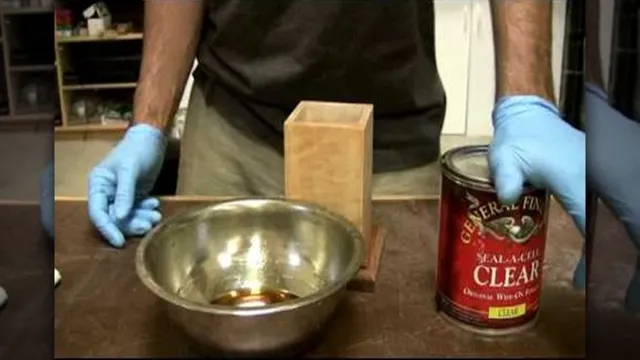
Choosing the Right Stain
When it comes to choosing the right stain for your wood project, it’s important to understand the wood grain. The grain refers to the patterns that are naturally formed in the wood, including the direction of the wood fibers and any knots or imperfections. Different types of wood have different grains, which can impact how the stain appears on the surface.
For example, some woods have an open grain that absorbs the stain differently than those with a closed grain. It’s important to consider the wood grain when choosing a stain color and type, as it can significantly impact the final result. Using a darker stain with a prominent grain, for instance, can showcase the natural beauty of the wood and create a rustic feel.
On the other hand, a lighter stain with a less pronounced grain can give a more modern and sleek appearance. Understanding the wood grain is essential to selecting the right stain that will bring out the best in your wood project.
Applying the Stain Properly
When applying a stain to wood, it’s essential to understand the wood grain. Wood grain refers to the pattern and direction of the wood fibers. Some woods have a more noticeable grain than others, but it’s essential to pay attention to it regardless of the type of wood you’re working with.
The grain affects how the stain will penetrate the wood and can significantly impact the final result. For example, if you’re working with wood that has a strong, prominent grain, you may want to take extra care to ensure that the stain is applied evenly and thoroughly, so it doesn’t look streaky or uneven. On the other hand, if you’re working with wood that has a minimal grain pattern, you may not need to worry as much about how the stain is applied.
Understanding the wood grain is just one aspect of applying a stain properly, but it’s a crucial one that can help ensure that the final result is exactly what you want.
Sealing the Wood
If you want to make the wood grain pop, sealing the wood is a must. Sealing the wood creates a protective layer while also enhancing the natural beauty of the grain. It’s important to choose the right type of sealer for your specific type of wood.
Some sealers add color or darken the wood, while others remain clear and keep the wood’s natural color. Applying a sealer correctly is also important to ensure an even coat and to avoid any drips or uneven areas. Once the sealer is dry, you can sand the surface again to create a smooth finish.
Sealed wood not only looks great but also protects against moisture and other environmental factors that can damage the wood over time. Remember, to make the wood grain pop, it’s all about the details, and sealing the wood is a crucial step in achieving that desired effect.
Using a High-Quality Sealant
When it comes to preserving the quality of wood, using a high-quality sealant is essential. Sealing the wood is one of the best ways to extend its lifespan and prevent damage caused by moisture and weather elements. A good sealant acts as a protective layer that repels water, dirt, and stains.
It helps to preserve the natural beauty of the wood while ensuring that it’s free from cracks, rot, and warping. Choosing the right sealant is crucial because the wrong one can cause more harm than good. Look for a sealant that’s compatible with the type of wood you have and is easy to apply.
Consider opting for natural sealants free of harmful chemicals that can negatively affect the environment. With the right sealant, you can enjoy your wooden surfaces for many years to come.
Applying the Sealant
Sealing the wood is an essential task that must be done to protect it from damages caused by moisture, rot, and pests. Applying the sealant effectively ensures that the wood is sealed with a protective layer that helps to preserve its natural beauty. To seal the wood, start by cleaning it thoroughly to remove any dirt, dust, or debris.
Then, choose your sealant of choice, whether paint, varnish, or stain, and apply it with a brush or roller. Ensure that the entire surface is covered evenly and allow it to dry completely before applying another coat. It’s essential to apply at least two coats to achieve optimal protection, and it’s crucial to follow the manufacturer’s recommendations for drying times between coats.
By sealing the wood, you ensure long-lasting durability and beauty, making it more resistant to weather, normal wear and tear, and extend its lifespan.
Finishing Touches
If you want to make the wood grain in your furniture or home decor stand out, there are a few tips and techniques you can use to make it pop. One easy way is to apply a clear coat finish, which will both protect the wood and enhance its natural color and texture. Another option is to use a wood stain or dye, which can add more depth and richness to the grain.
Sanding the wood before applying any finish can also help to open up the pores and highlight the natural patterns. Another trick is to use a wood grain filler to fill in any gaps or scratches, which can help to create a smoother and more consistent surface for the finish to adhere to. With a little bit of effort and attention to detail, you can make your wood grain truly shine and add a touch of warmth and beauty to your home.
Buffing and Polishing
Buffing and polishing are the ultimate finishing touches that elevate any DIY project to a professional level. Whether you’re working on your car, furniture, or even jewelry, buffing and polishing are essential steps in achieving that perfect shine. Buffing involves the use of a buffing pad and a buffing compound to smooth out the surface of the material, while polishing involves using a polishing pad and a fine polishing compound to create a glossy, smooth finish.
Not only do these steps add an extra layer of beauty to your work, but they can also protect the material from moisture and wear and tear. So, if you want to take your DIY projects to the next level, consider adding a buffing and polishing step to your process. Your finished product will thank you for it!
Maintenance Tips
When it comes to maintaining your home, paying attention to the finishing touches can make a big difference in the overall look and feel of your space. One important area to focus on is your baseboards. Over time, baseboards can become dirty and scuffed, detracting from the beauty of your flooring and walls.
To keep them looking their best, start by dusting them regularly with a soft cloth or vacuum with a soft brush attachment. For stubborn dirt and grime, use a damp cloth and a mild cleaning solution. Be sure to dry them thoroughly to prevent warping.
Another simple finishing touch is to add crown molding to your rooms. This decorative trim adds a touch of elegance and can help to visually tie your walls and ceiling together. When selecting crown molding, choose a style and size that complements your room’s decor, but also fits within your budget.
With a bit of attention to these finishing touches, you can keep your home looking its best for years to come.
Conclusion
In winding up, making wood grain pop is not rocket science – it’s all about unlocking the hidden beauty nature has already provided. With the right preparation, staining technique, and finishing touches, you can elevate any wood surface from drab to fab. Whether you’re refinishing an old piece or enhancing a new one, follow these tips, and you’ll have heads turning in awe in no time.
After all, why have plain old wood when you can have mesmerizing wood?”
FAQs
What causes wood grain to appear flat or dull?
Flat or dull wood grain can be caused by a lack of moisture in the wood. In order to make the wood grain pop, it is important to restore moisture to the wood.
How can I bring out the natural wood grain in furniture?
You can bring out the natural wood grain in furniture by applying a wood stain or oil finish. This will enhance the natural color and texture of the wood.
Can I make wood grain pop without using chemicals?
Yes, you can make wood grain pop without using chemicals by simply sanding the surface of the wood to remove any dirt or debris and then applying a natural oil finish, such as linseed oil.
Do different types of wood have different grain patterns?
Yes, different types of wood have different grain patterns that can vary in texture, color, and size. Some woods have straight grain patterns, while others have more intricate and complex patterns.
How can I enhance the appearance of aged or weathered wood?
To enhance the appearance of aged or weathered wood, you can use a wood bleach or sandpaper to remove any stains or discoloration. Once the wood is clean, you can then apply a wood stain or oil finish to bring out the natural grain.
Can I make wood grain pop on painted surfaces?
It is possible to make wood grain pop on painted surfaces by using a technique called dry brushing. This involves lightly brushing a dark-colored paint over the surface of the wood and then wiping away any excess with a dry cloth.
How often should I apply an oil finish to maintain the appearance of the wood grain?
The frequency of applying an oil finish to maintain the appearance of the wood grain will depend on the amount of use the wood receives. Generally, it is recommended to apply a new coat of oil every 6-12 months to keep the wood looking fresh and vibrant.

